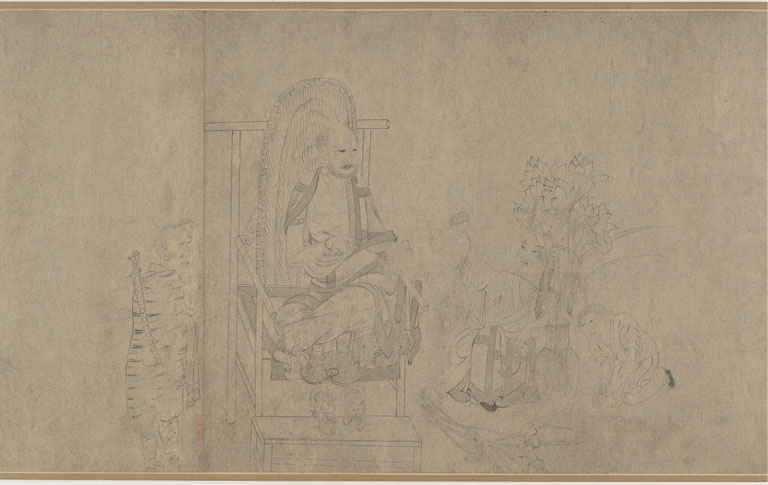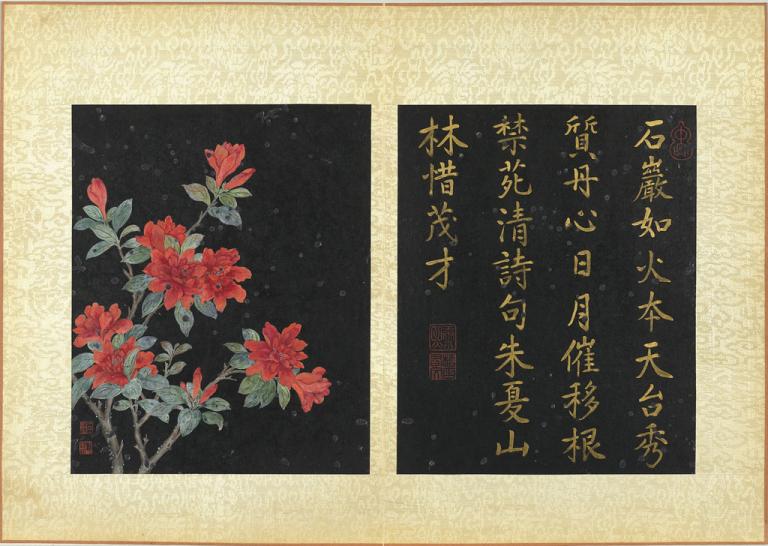Xu Wei and the Iconoclastic Movement
3 min readThe late Ming dynasty was a period full of acute social conflict and different thought trends. The orthodox Confucianism and Neo-Confucianism that had dominated the feudal society for a long time were seriously challenged at the time. A new aesthetic concept began to break through the feudal constraint and developed gradually.
In this period, representatives such as Xu Wei, Li Zhi, Tang Xianzu and Yuan Brothers initiated the emancipation of individuality. They all intended to advocate people’s mastership of oneself. Its projection in calligraphy was that the traditional aesthetic concept of Wang Xizhi and Wang Xianzhi and the neutralized aesthetic concept were challenged by the distinctive non-neutral aesthetic concept. Compared with the mid-Ming dynasty, c alligraphy had witnessed enormous transtormatinn. Although their calligraphic styles were unconventional and diversified, the decadence and hatred revealed in their calligraphy actually demonstrated the complicated mentality of the official literati in a collapsing dynasty, in an era that boosted individualit emancipation. And Xu Wei, with iconoclastic thought, was a representativ among them .

Xu Wei(1521-1593), courtesy name(zi) Wenqing, later changed as Wenchang, courtesy name (hao) Tianchi and later changed to Qingteng, was from Shanyin (now Shaoxing, in Zhejiang). Being a disciple of Wang Ji and Ji Ben, who were both disciples of Wang Yangming, Xu Wei’s calligraphy was greatly influenced by Wang Yangming’s thought. He had learned from calligraphers from Wei and Jin dynasty, like Zhong Yao, Wang Xizhi and Suo Jing, and had a particular understanding of Suo Jing’s calligraphy. He also followed some calligraphers from the Song dynasty, especiall Mi Fu. His cursive script was as free and natural and irrational as Mi Fu’s calligraphy. Among calligraphers of the Ming dynasty, he appreciated Zhu Yunming the most. Besides, he had more or less taken in the influence of Huai Su and Su Shi. Xu Wei was especially good at wild cursive script and broke the ponderous atmosphere of the calligraphic field in the early Ming dynasty. He used his brush randomly and made his calligraphy really illegible, but he liked the style very much.
In his opinion, “calligraphy is the first important thing, poem the second, essay the third and painting the fourth. Most of his calligraphic works left till today are in semi-cursive and cursive script, from which one can see no regulations or standard, only his departing the tradition and customs and his aloofness and pride. His high capability in controlling brush and ink, as well as the spirit of departing tradition and customs can always be inspiring and impressive.
Besides Xu Wei, the Four Masters of the late Ming dynasty, i.e. Zhang Ruitu, Dong Qichang, Xing Tong and Mi Wanzhong, are equally influential. They mainly followed rubbing books yet being innovative all the time. Moreover, in the late Ming dynasty, there were also a group of innovative calligraphers in seal and clerical scripts, who actually enlightened calligraphy of the stele school in the Qing dynasty. Among them were Zhao Huanguang who had followed Qin seal script in a creative way and Song Jue who had learned Han clerical script innovatively.









